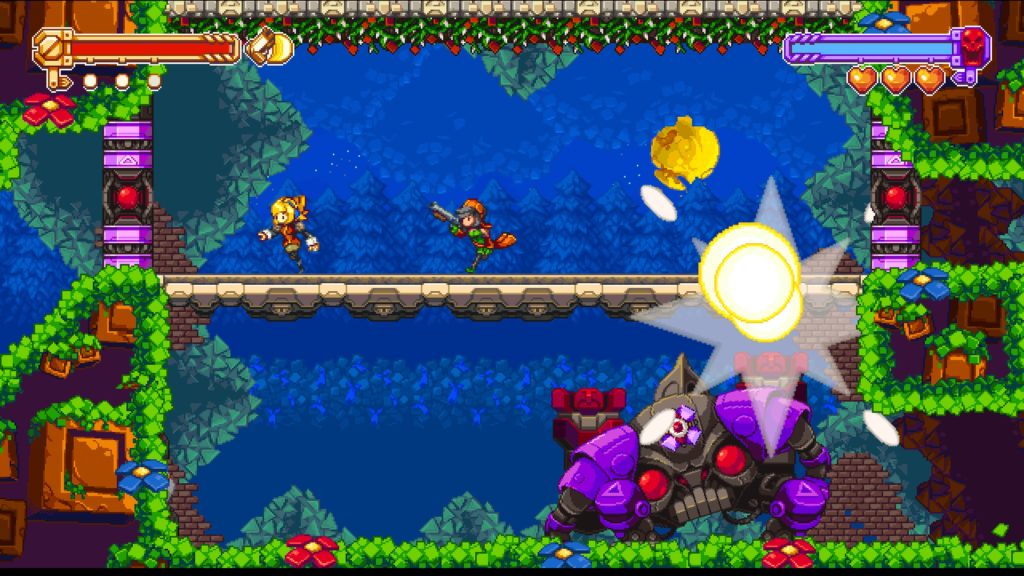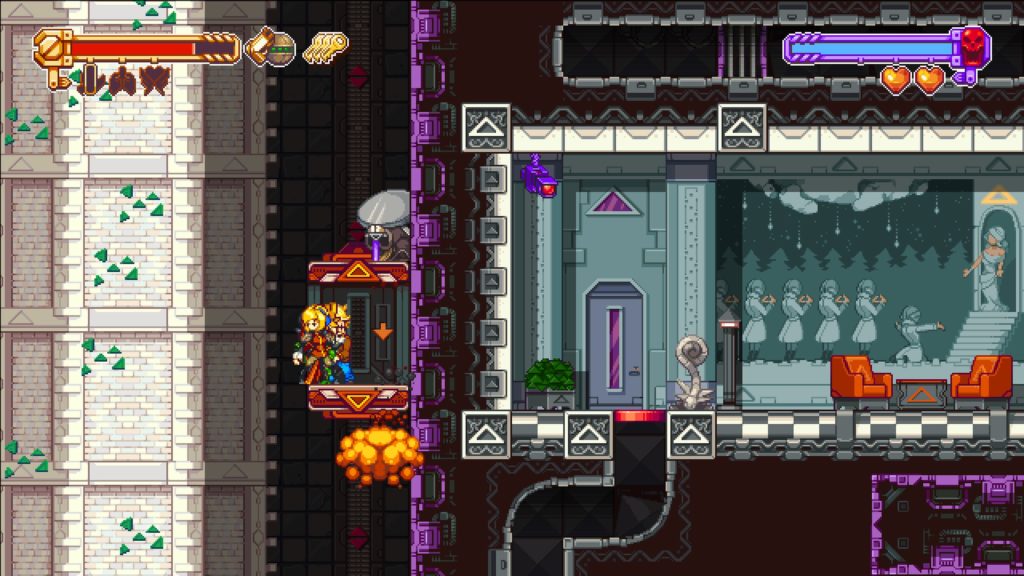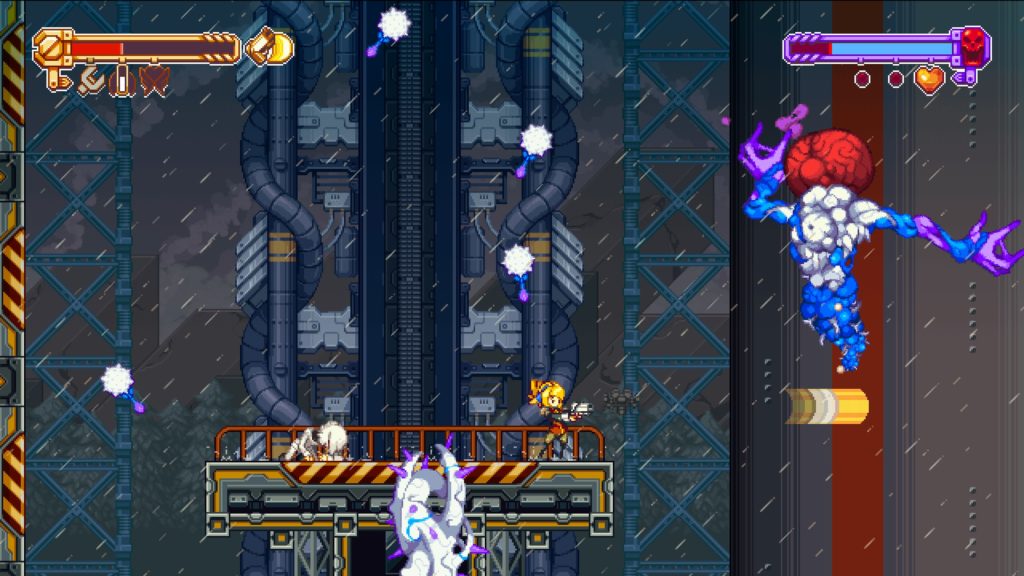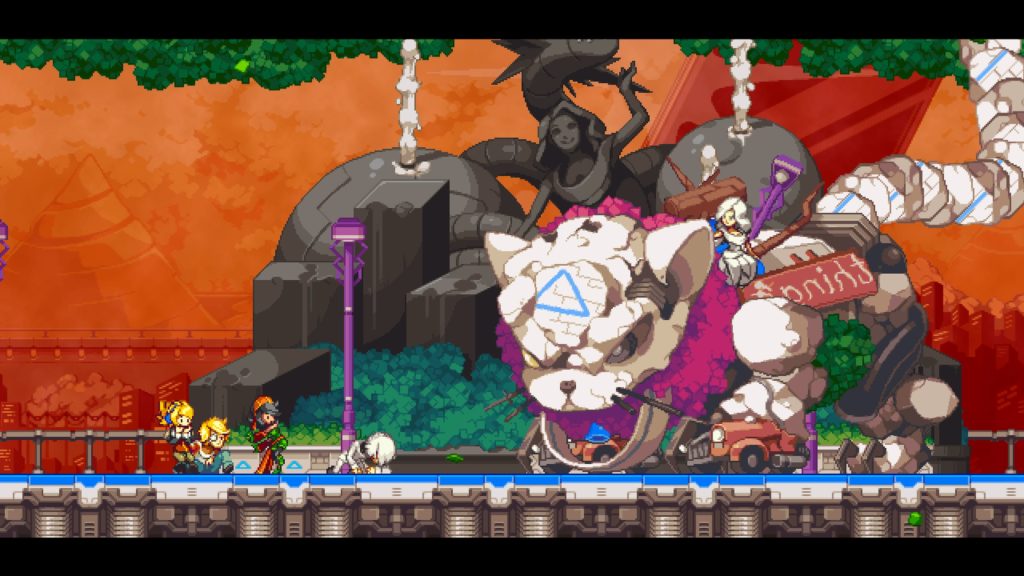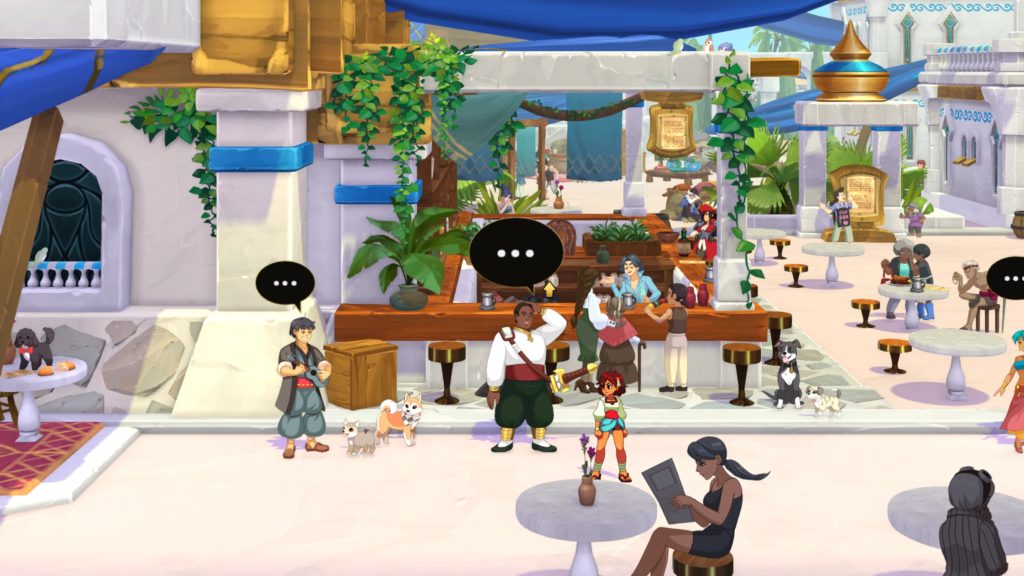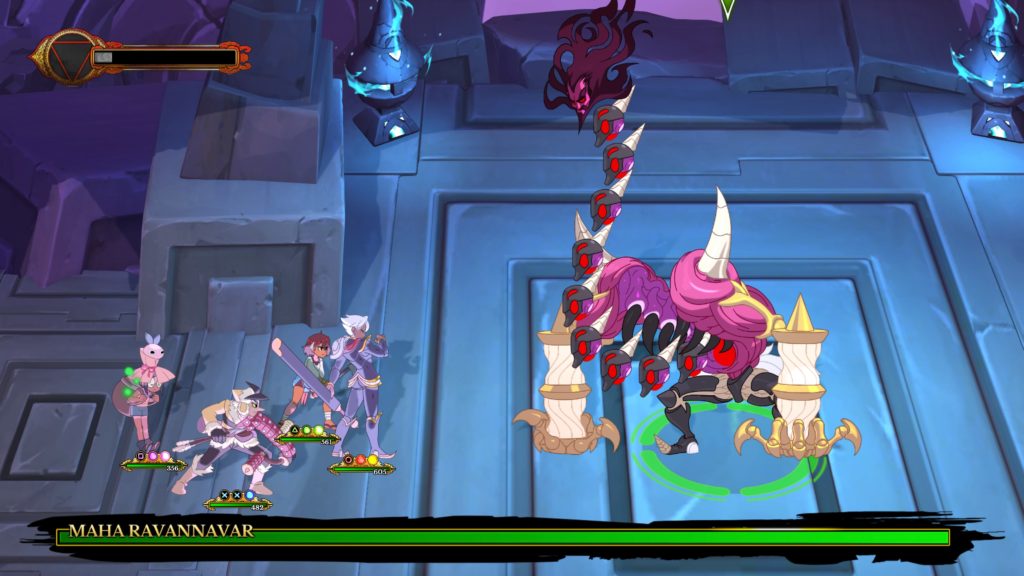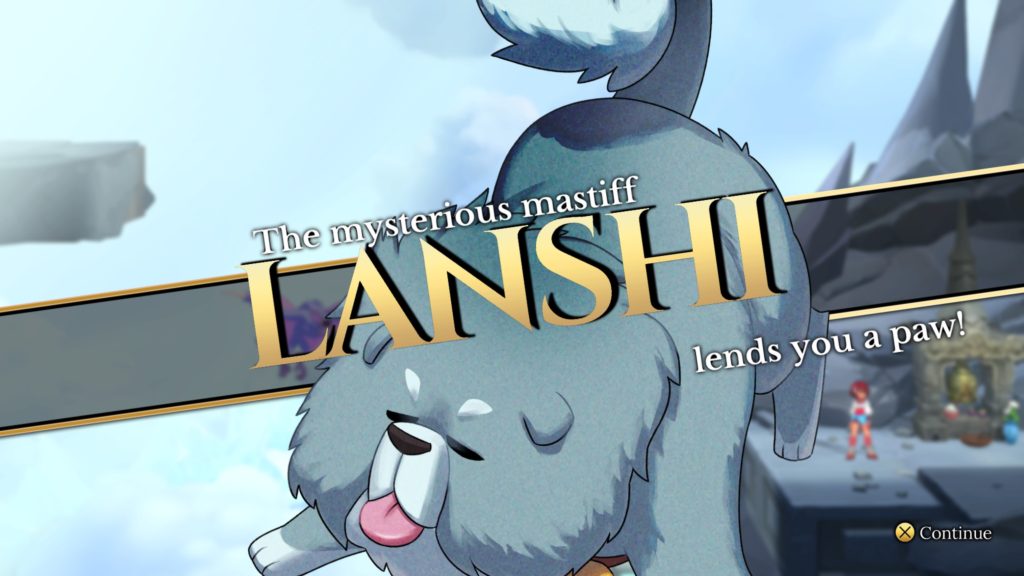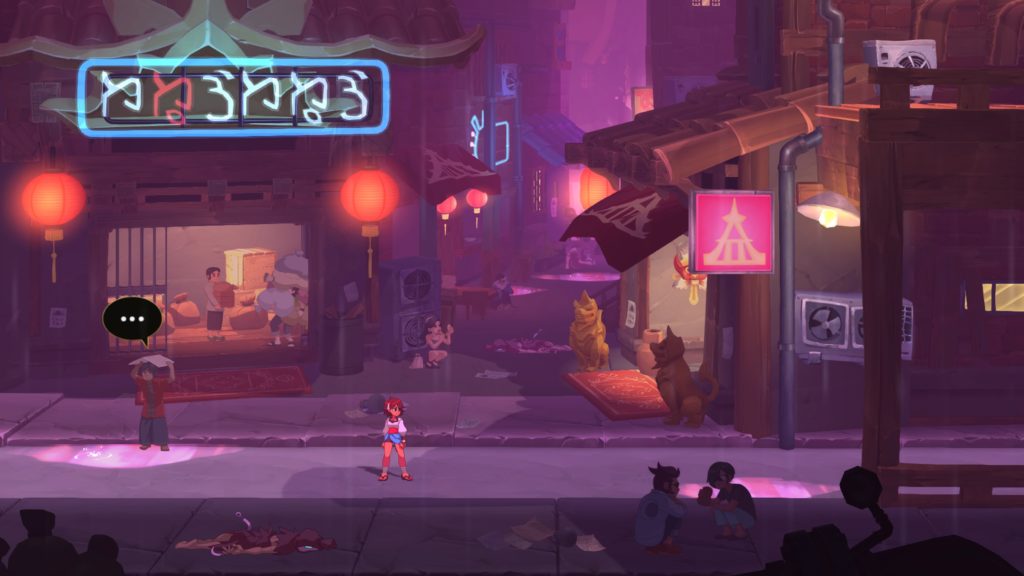More Info from Playtonic Games
- Genre: Platformer
- Platform: PS4
- Also Available On: Windows, Switch, Xbox One
Where the original Yooka-Laylee was a clear love letter to 3D collectathons like Banjo Kazooie, this game is a love letter to 2D platformers like Donkey Kong Country. With the loss of a dimension of movement, we’ve ended up with a much more solid game. The levels are filled with great platforming and secrets to find. The overworld is more than just a set, and has a ton of puzzles to solve. However, the Impossible Lair of the name ended up being a bit of a head scratcher, and marred the ending of what was ultimately a really fun game.
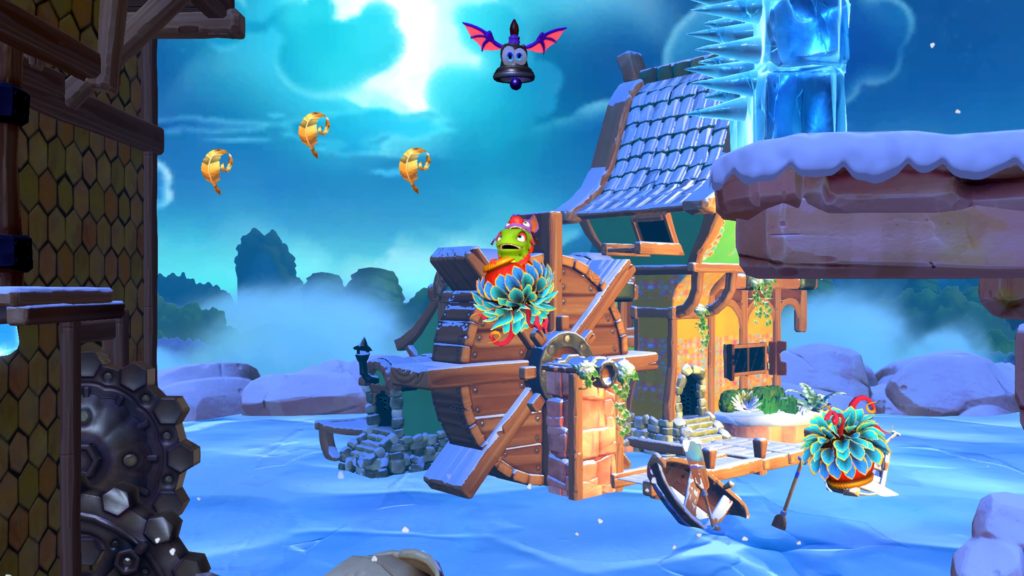
This is through and through a Donkey Kong Country game in everything but IP. There’s a bunch of 2D levels with feathers instead of bananas, gold coins instead of KONG letters, feather-covered barrels, obnoxiously slow swimming levels, etc. Hell, there’s even a roll with an intentional jump that can be triggered in mid-air if you’re quick enough. However, despite being a mechanical copy, it definitely does a great job of getting those mechanics extremely right.
If there’s one thing I’d consistently point at as the difference between good and bad platformers, it would be the feel of momentum in the game, and this one gets it really right. It’s not just that running feels right. It’s little things like extra speed from rolling giving you extra jump height. It’s jumping off a platform to the right, switching direction in mid air, and smoothly moving back left to get to the platform above you without bonking your head. It’s smooth sequences like a roll off a ledge into a mid-air jump into a spin to give you just that little bit of extra distance to get to that platform with some hidden secret. It’s timing your jump off a moving platform to get a little extra momentum to get a hard to reach feather. All of these little interactions mean so much to a 2D platformer, and they’re done extraordinarily well here.
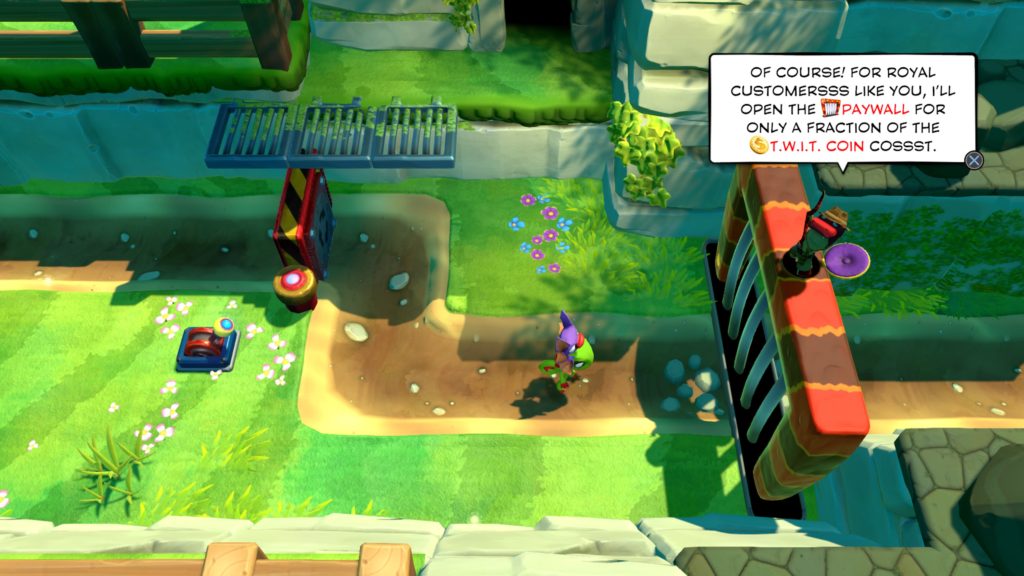
The thing that Yooka-Laylee doesn’t copy from DKC is their overworld. The one in place here is platformer overworld on steroids. It’s not just that the overworld here is non-linear, although that’s pretty neat itself. It’s that the overworld is literally filled with puzzles and interactable elements, a lot of which have an impact on the levels. See a level sitting in a pool of water? Throw an ice bomb at it, and now you have a level variant covered in ice. Have a level that takes place on a bridge? Lift the bridge and now you’re climbing the bridge instead of crossing a bridge. It becomes a clever way to get reuse out of levels without feeling repetitive while also providing a nice change of pace in puzzle solving between levels.
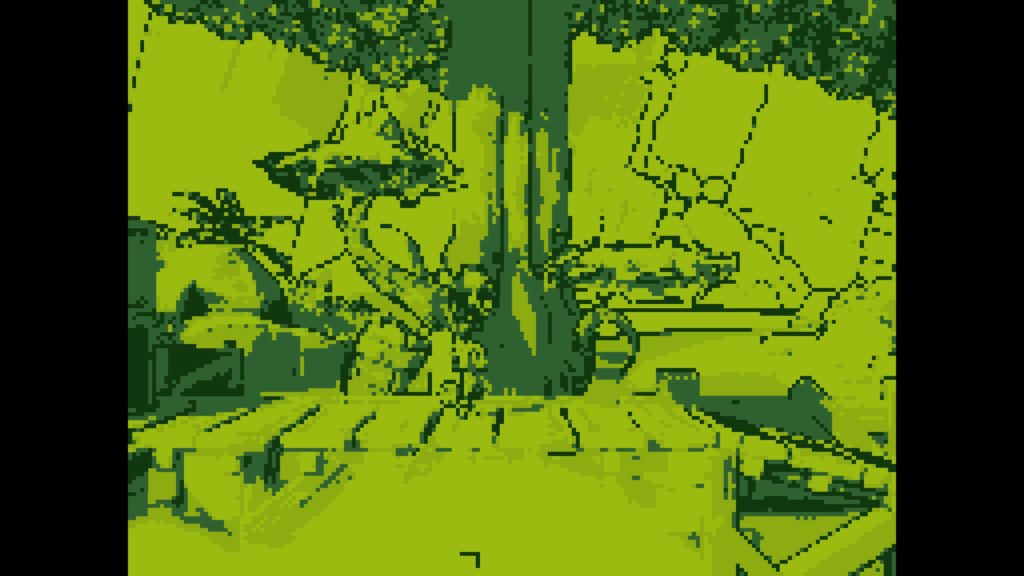
There’s also a ton of collectable tonics in the overworld to puzzle out. Some of these may help or hurt you, with things like checkpoint count reductions or increased movement speed. Some of them are just silly, like the Game Boy color and resolution filters above. These are just another fun little thing to go looking for as a break between levels.
The overworld basically ends up being a nice way to break up the gameplay. You aren’t always in full speed platforming, and you aren’t always in full on puzzle solving mode. The cadence of doing a level, then doing a puzzle ended up being a great way to pace out periods of high stress and keep me playing at a pretty level clip.
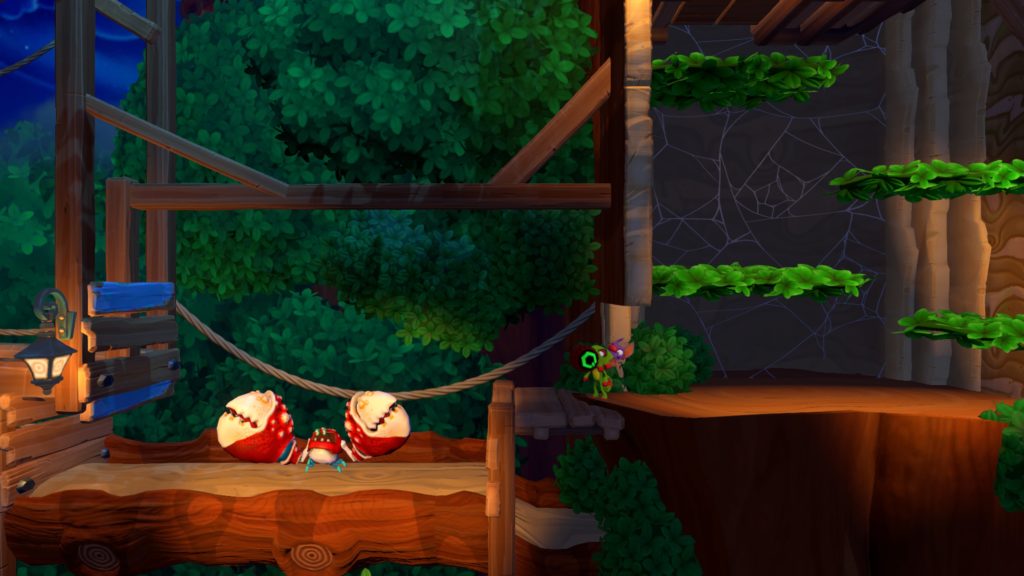
All that said, the “Impossible Lair” of the title had me scratching my head a bit. This level is effectively the end boss fight of the game, and consists of a no-checkpoint level with multiple boss fights sandwiched around longer stretches of high difficulty platforming. If you die, you go right back to the beginning with no skip forward in progress.
One of the core ideas behind it is that completing levels and searching the overworld gives you bees that act as a shield for this level. One damage hit = one bee. Running out of bees then dipped into the Yooka+Laylee pair mechanic, and you could indefinitely run until you lost both of them. What I suspect this was supposed to do was make the level easier to complete. What it instead did was simply just make my practice runs longer. Ultimately it didn’t really matter if I had 1 or 100 hits of damage to take going through a level if it was new to me. I was probably going to take some hits, I was probably going to learn the things to avoid pretty quickly, and on my next run through, I was going to avoid taking (most) damage. This generally stood as accurate, as each run into new areas generally was getting me 10-15% farther into the level.
The issue with all of this is that it was extremely boring. By my 3rd run I was already past 50% of level completion, which meant that each run through the level was already putting me at 5+ minutes of action that I’d already completed. Dying that deep into the level was a huge waste of time, and instead of feeling challenged, I simply felt bored. It’s not difficulty for the sake of pulling off skill-based mechanics. It’s difficulty for the sake of memorizing a long sequence of things to avoid. That kind of gameplay is just uninteresting to me.
What it really felt like was needed was a skill-based checkpoint system for the level. Complete an area with no damage taken? Great, here’s a checkpoint. You’ve proven you’ve mastered this area, so stop wasting your time. That little change both solves the boredom problem AND would have allowed them to make the lair experience longer and more compelling, rather than have it sit in the experience it is now.
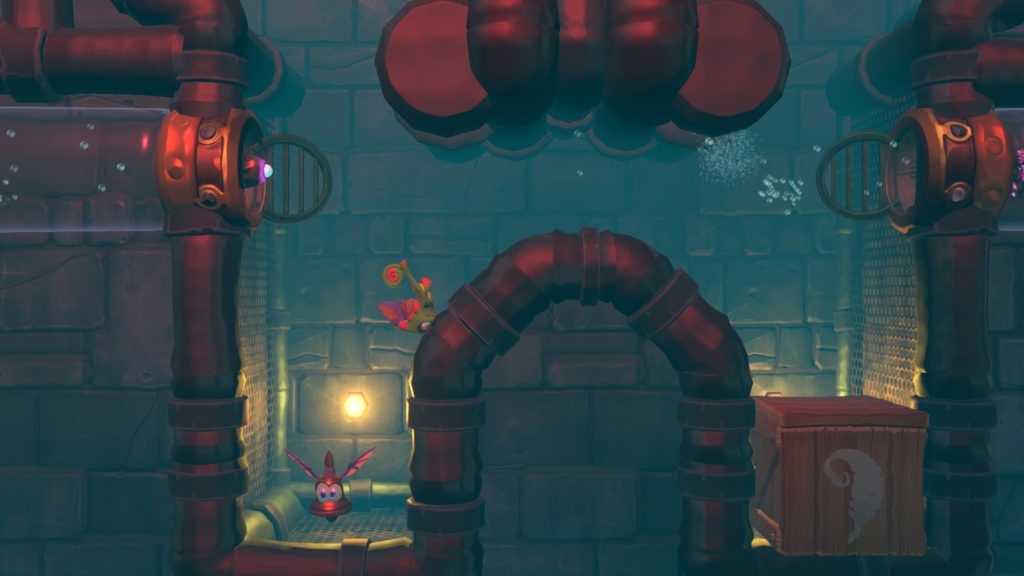
Weird ending aside though, this was a fantastically fun game. Despite the fact that we recently got the Switch port of DKC: Tropical Freeze, I really am happy to see more quality straight 2D platformers. We see a lot of Metroidvania-esque titles at this point, but we really don’t see many games like this. Despite my misgivings about the end, this one still very strongly falls into the recommended category. There’s a ton of game to enjoy up to the end, and for that it’s worth the play.

